A roof should be replaced when it shows major signs of wear such as cracked or missing shingles, leaks, moss growth, or sagging areas. Asphalt shingles generally last about 20 years, while metal and slate roofs can last up to 100. Climate, installation quality, and regular maintenance can all affect longevity. Scheduling annual inspections, cleaning gutters, trimming nearby trees, and ventilating your attic can help you get more life out of your roof.
| Time to Read | 7-9 Minutes |
|---|---|
| What You’ll Learn |
|
| Next Steps |
|
One of the most common questions homeowners ask is how often a roof should be replaced. The short answer is that it varies because no two roofs age the same way. Everything from the materials used to the local climate can affect how well it holds up over the years.
Roofs are supposed to be replaced every 20-25 years, but our experience has shown that many don’t last as long as they should, especially in places where the elements are particularly harsh. Being proactive and taking the right steps can help you keep your current roof in good condition longer.
In this guide, we’ll walk you through the most common signs that suggest your roof needs a little TLC, how age and material factor in, and how you can get more life from your roof.
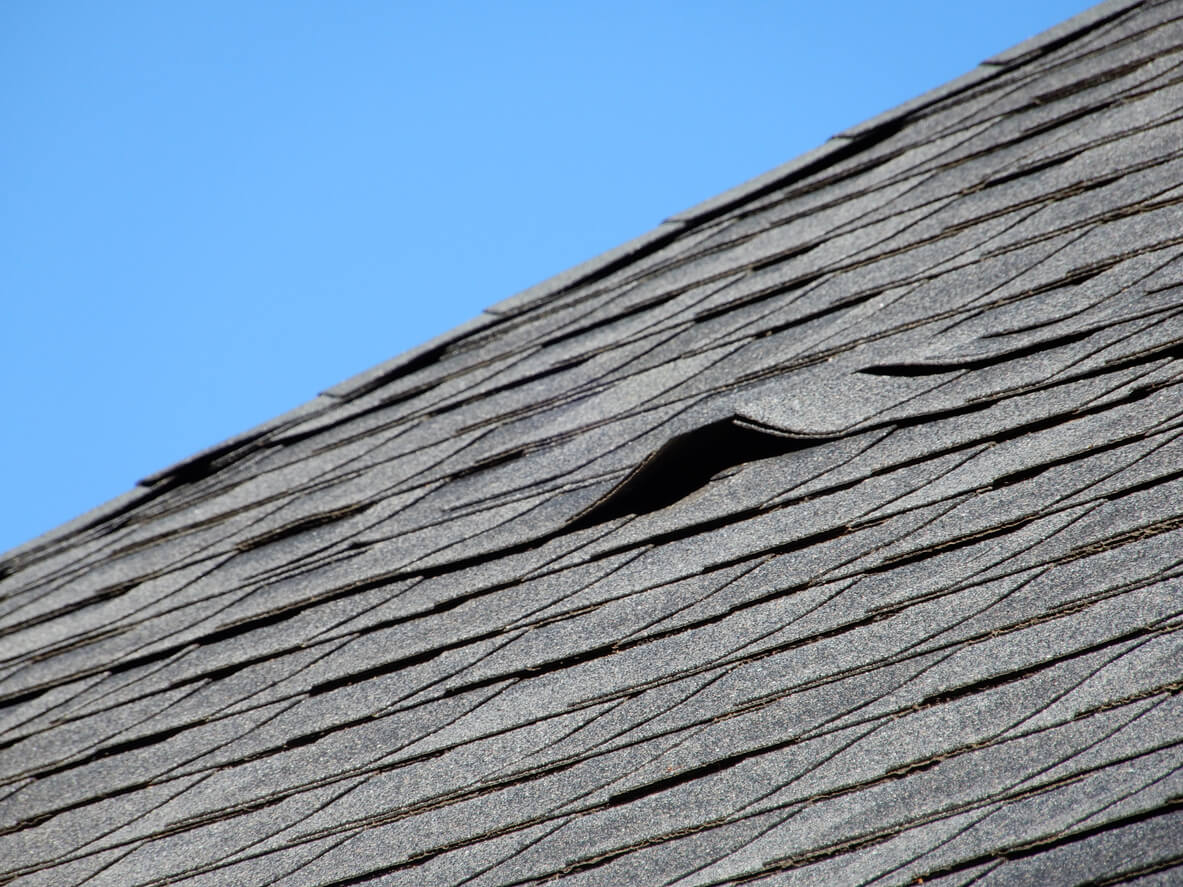
One way to know if your roof needs replacing is to look closely at the structure. Watch out for signs of physical damage like these that tell you it’s time to call a professional for help.
Shingle damage is one of the clearest and most coon indicators that your roof needs repair or replacement. It’s usually easy to spot, even from the ground, but can also hide in areas that aren’t easy to see unless you inspect them close-up.
You might notice:
Cracked or brittle shingles are often a result of years of exposure to the sun, wind, snow, and other local weather conditions. As the oils in asphalt shingles dry out, they lose flexibility, making them more likely to crack and fail over time.
Roof Maxx’s safe, all-natural roof rejuvenation solution helps solve the problem by re-infusing dried-out shingles with plant-based oils. The treatment takes just a few hours, won’t harm pets, kids, or the environment, and comes with a 5-year guarantee. See how the product works to learn more.

Leaks are another clear indication your roof needs to be replaced. They can be a sign of external damage, like from a fallen tree limb, or an indication of wider roof deterioration.
The most common causes are:
Even small leaks can lead to expensive repairs if they aren’t treated quickly, so this is one maintenance task you don’t want to put off. A professional inspection can help identify the source and determine whether repair or replacement is the best solution.
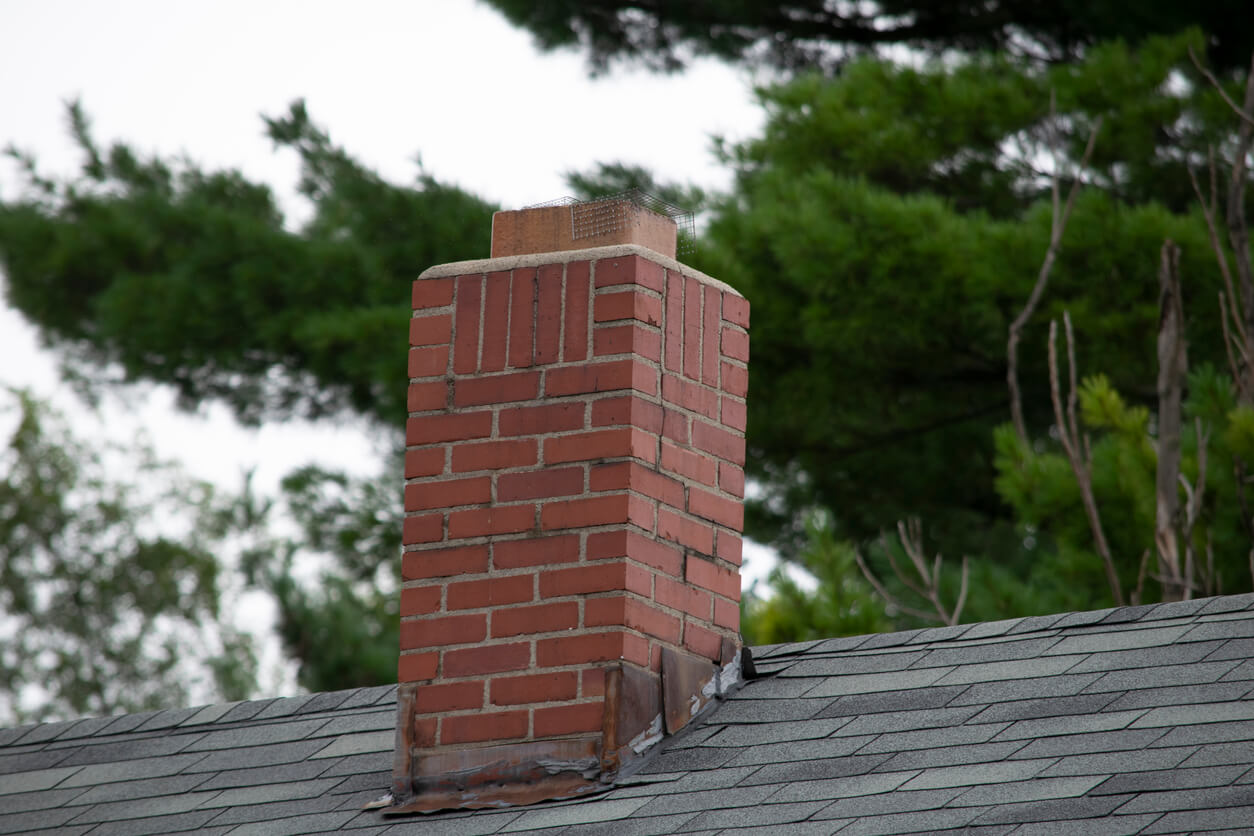
Roof damage isn’t just limited to shingles. The flashing is the material used to connect your roofing to other parts of the roof, like vents, chimneys, or skylights. This thin material creates a waterproof seal between your roof to vents, chimneys, and skylights.
Watch for flashing issues like:
Water can seep beneath the roofing and cause serious structural issues if your flashing is even slightly damaged. Repair or replace it early to prevent leaks and rot.
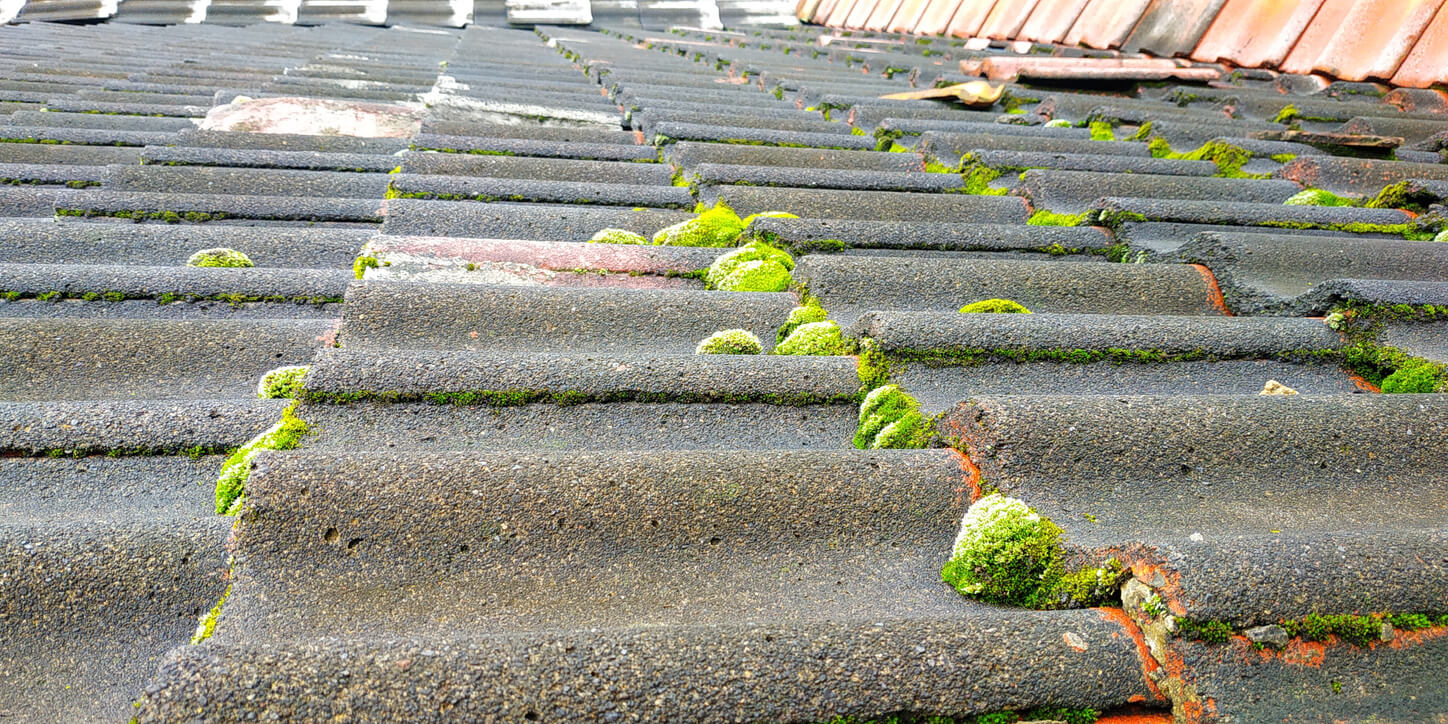
Moss on a roof is more than cosmetic. It often means moisture is getting into fine cracks or gaps in your shingles, which can lead to bigger problems if left untreated.
The reason why it’s such a serious problem is that moss actually hold moisture against the surface of your roof, which can accelerate decay and cause leaks. It thrives in the shady areas under trees, branches, and other overhangs, so it can be easy to miss.
To root it out, be on the lookout for:
Trimming back tree branches and clearing moss will help your roof dry faster, preventing damage and reducing any risks during storms.
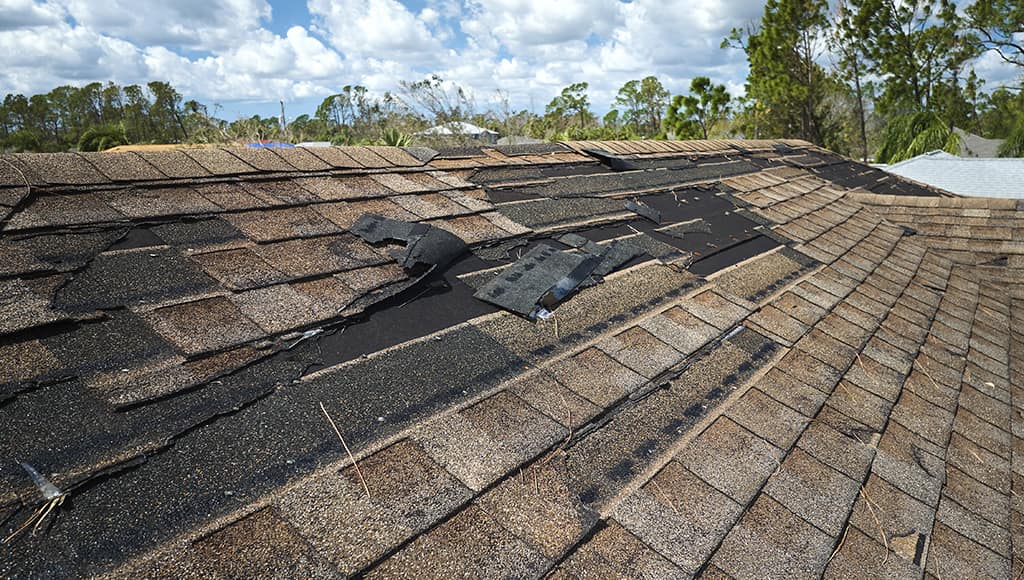
A sagging or sunken roof is one of the most serious signs of damage. It usually indicates that the problem goes beyond shingles and affects the roof’s underlying structure.
Call a pro right away if you discover:
By the time this level of damage happens, homeowners are usually also dealing with rot, water damage, or weakened supports. It’s critically important not to let issues like these go because they can eventually start to affect your walls and foundation.
Even the best-maintained roof won’t last forever. Over time, materials naturally wear down, making age one of the most important factors in deciding when replacement is due. Knowing how old your roof is can help you plan ahead and avoid surprise repair costs.
If you built your home or bought it new, you can contact the manufacturer to find out the exact installation date. Otherwise, you can try contacting the previous owner, your realtor, the manufacturer, or your local building department.
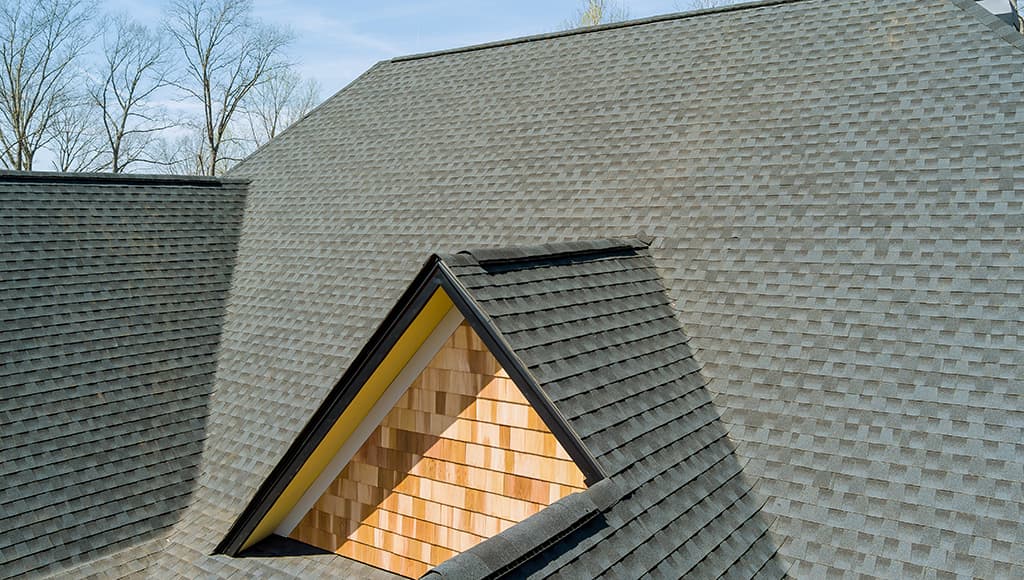
Choosing the right material can make a big difference in the cost and longevity of your roof. Some need to be replaced as often as every 20 years, but others can last a lifetime or more with the right care. We put the most important info in a scannable table to help you choose.
| Material | Average Lifespan | Maintenance Needs | Best For |
|---|---|---|---|
| Asphalt Shingles | 15–20+ years | Moderate. Regular inspections and cleaning | Homeowners looking for an affordable roof. |
| Metal Roofing | 30–80+ years | Low. Occasional inspections for corrosion | Areas where snow, rain, or wind is common. |
| Clay Tile | 30–100+ years | Low. Durable and weather-resistant | Hot, sunny, or coastal climates. |
| Slate Tile | 50–200+ years | Very low. Extremely durable and long-lasting | Historic or high-end properties and estate homes. |
Sometimes, a simple wash is all that’s required to make an old roof appear like new again, but looking good doesn’t mean it’s structurally intact. Very old roofs can be dangerous, especially if you have hidden issues you might not know about.
Other factors that can affect longevity include:
Think of your roof like your car: it’ll continue running for a while if you don’t bother to change the oil or rotate your tires. Put it off for too long and you could wind up in a bigger mess!
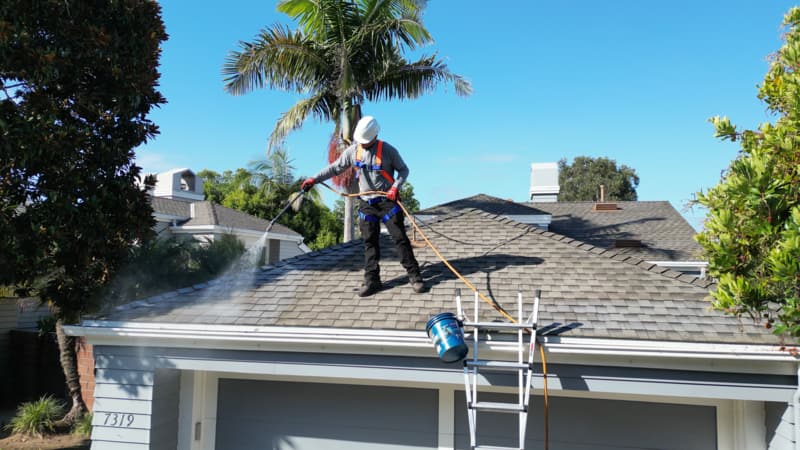
If you want to get the most possible life out of your roof and put off replacement until it’s absolutely necessary, Roof Maxx has your back. Check out these helpful tips from our experts and see how they can extend the lifespan of your roof.
This helps to ensure that any water runoff drains away from the roof instead of pooling at the edges, causing moisture damage.
Overhanging branches are risky because weak limbs can fall on your roof during storms. They can also shed needles or leaves onto your roof.
You want your attic to be well-insulated, but you also need to install proper ventilation. Otherwise, mold and dampness can develop that eventually spread to the wood decking.
Proper insulation helps prevent elevated roof temperatures that deteriorate wood and other materials faster. To little insulation can also negatively affect your energy bill..
Have a professional roofer inspect your roofing at least once a year to identify and address issues. Have anything they find fixed on the spot for best results.
Anything left on the surface for a long period of time (including snow or ice) can eventually start to cause damage. Remove it as soon as you notice it.
Both can develop when there’s too much moisture present, but you can usually scrub them off with a soft brush and mild detergent. White vinegar can also help.
This is especially important if you live in an area with frequent ice storms or heavy snow. Water can start to pool up on top of your shingles otherwise, which can eventually lead to rot.
Take care of any cracked, loose, or missing shingles before they have a chance to turn into a bigger (and more painful) repair later on. Your wallet (and loved ones) will thank you!

Deciding when to replace your roof can be challenging. In some cases, a full replacement is the only option, but it is possible to move too quickly and spend more than necessary.
Roof Maxx’s roof rejuvenation solution is an eco-friendly soy-based alternative that can help extend the life of your asphalt shingle roof by up to 5 years. It also costs up to 80% less than the average cost of a new roof. Get a free quote from a dealer in your area to learn more.
With our five-year, transferable warranty, you’ll enjoy the peace of mind that your roof and entire home are protected.